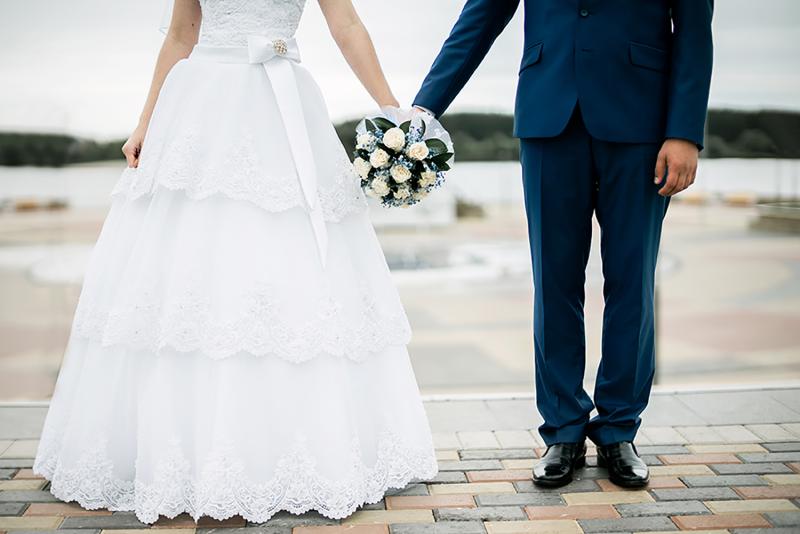
Complimentary Story
February 2022As our society continues to mature and second or even third marriages become increasingly common, a concern that frequently arises in estate planning is how to protect the new spouse from being turned out of the family homestead upon one’s death. The matter often comes up because a couple entering into a second marriage will frequently sign an “opt out” Marital Property Agreement providing that all property titled solely in one spouse’s name is theirs to dispose of however they please, and that there will be little or no marital property acquired during the marriage.
But even in the absence of such an agreement, if the home belonged to only one spouse prior to the marriage (and most often this will be the husband), the concern may be that the children of that spouse will have any great scruples against demanding that the home immediately be sold when that spouse dies, meaning that the surviving spouse has to scramble to find a place to live, or may not even have resources of her own for this purpose.
The problem can very often be addressed by the homeowner spouse conveying to the other spouse a “life estate” in that home, so that if the owner-spouse dies first, the surviving spouse will have the right to reside there for as long as he or she desires, along with the responsibility for paying insurance and taxes, and otherwise keeping the home maintained.
Upon the surviving spouse’s death, the home then reverts to the family or other beneficiaries of the predeceasing spouse, with the surviving spouse having had no right to convey the home anywhere else during her lifetime. This right of occupancy can also be limited to a shorter period, such as one or two years following the death of the owner-spouse and can also be forfeited if the surviving spouse remarries, moves out or co-habits with someone else following the first spouse’s death.
A variation on this, where the new couple pool their resources and jointly purchase a home, is to have the home held in “common” (meaning there is no right of survivorship) but with each spouse’s half of the home subject to a life estate in favor of the other spouse. The surviving spouse can remain in the home along as she or he wishes without being turned out by the family of the decedent spouse. When the second spouse dies, the house is then sold, and proceeds divided between the two families.
The upshot is that the surviving spouse is protected for the duration of her lifetime and the property is preserved for the family of the original owner. A competent estate planning attorney can assist with set-up of this plan.
McLario, Helm, Bertling & Spiegel, S.C.
N88 W16783 Main St.
Menomonee Falls, WI 53051-2890
Tel: (262) 251-4210
McLario.com



